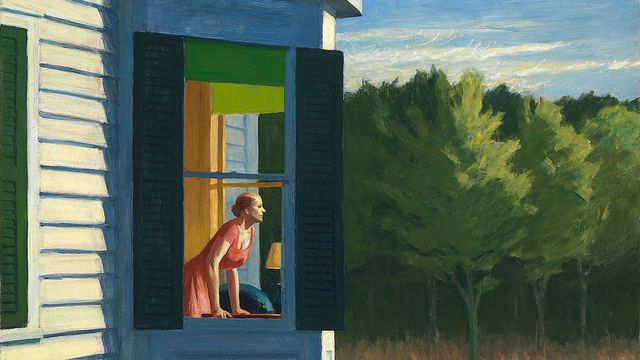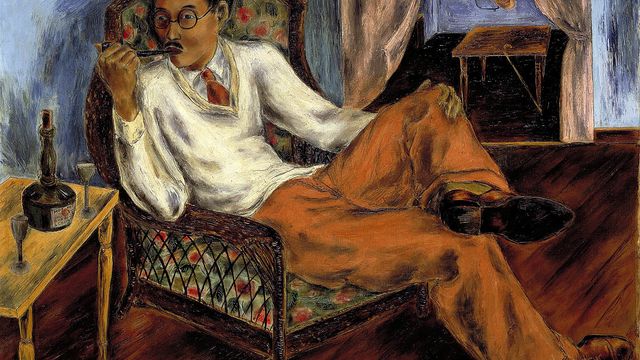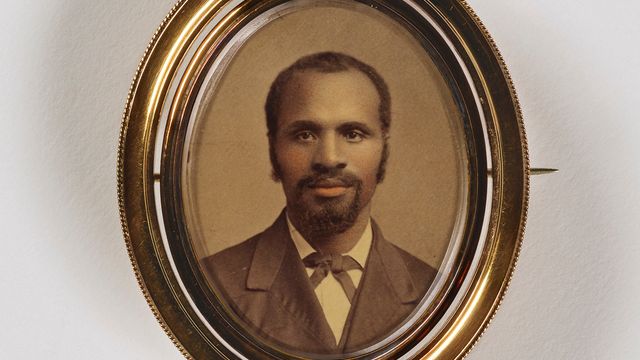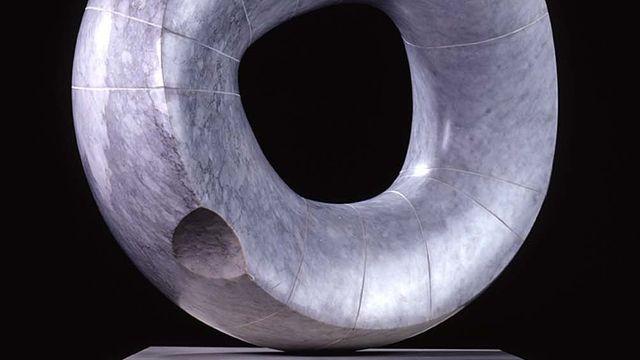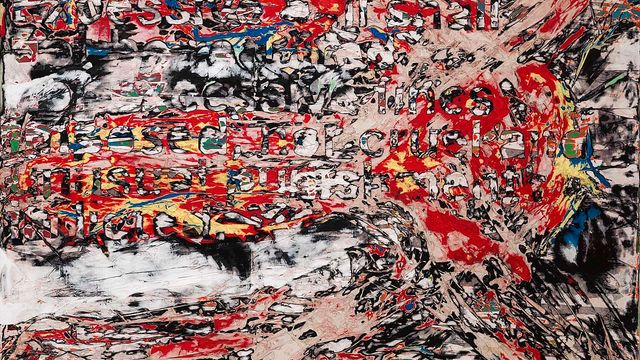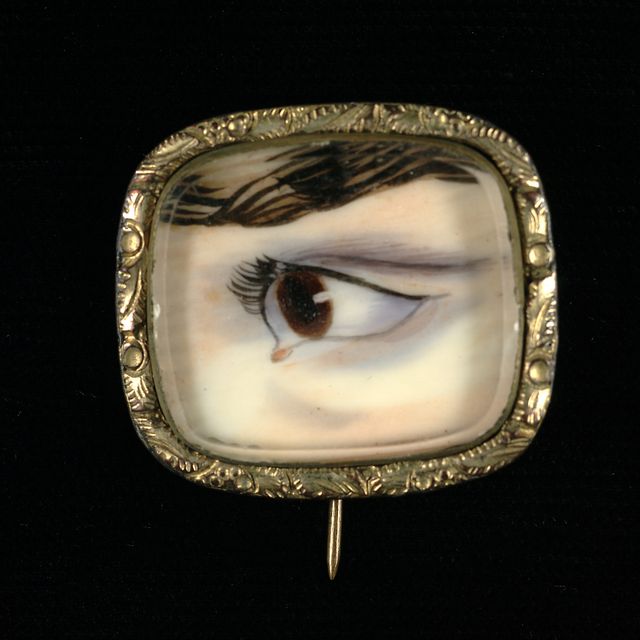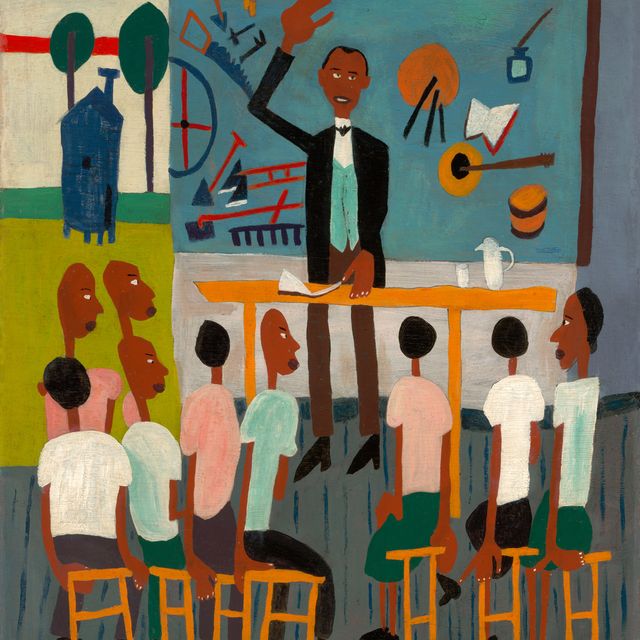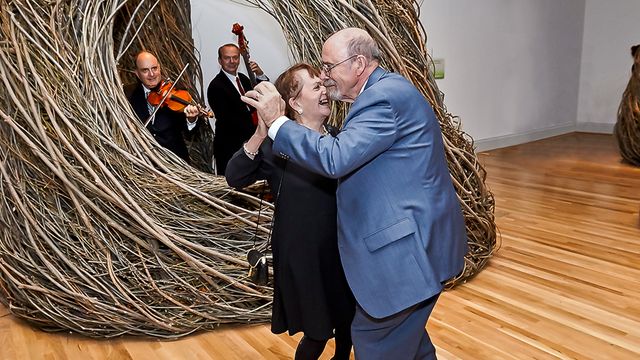Audrey Flack
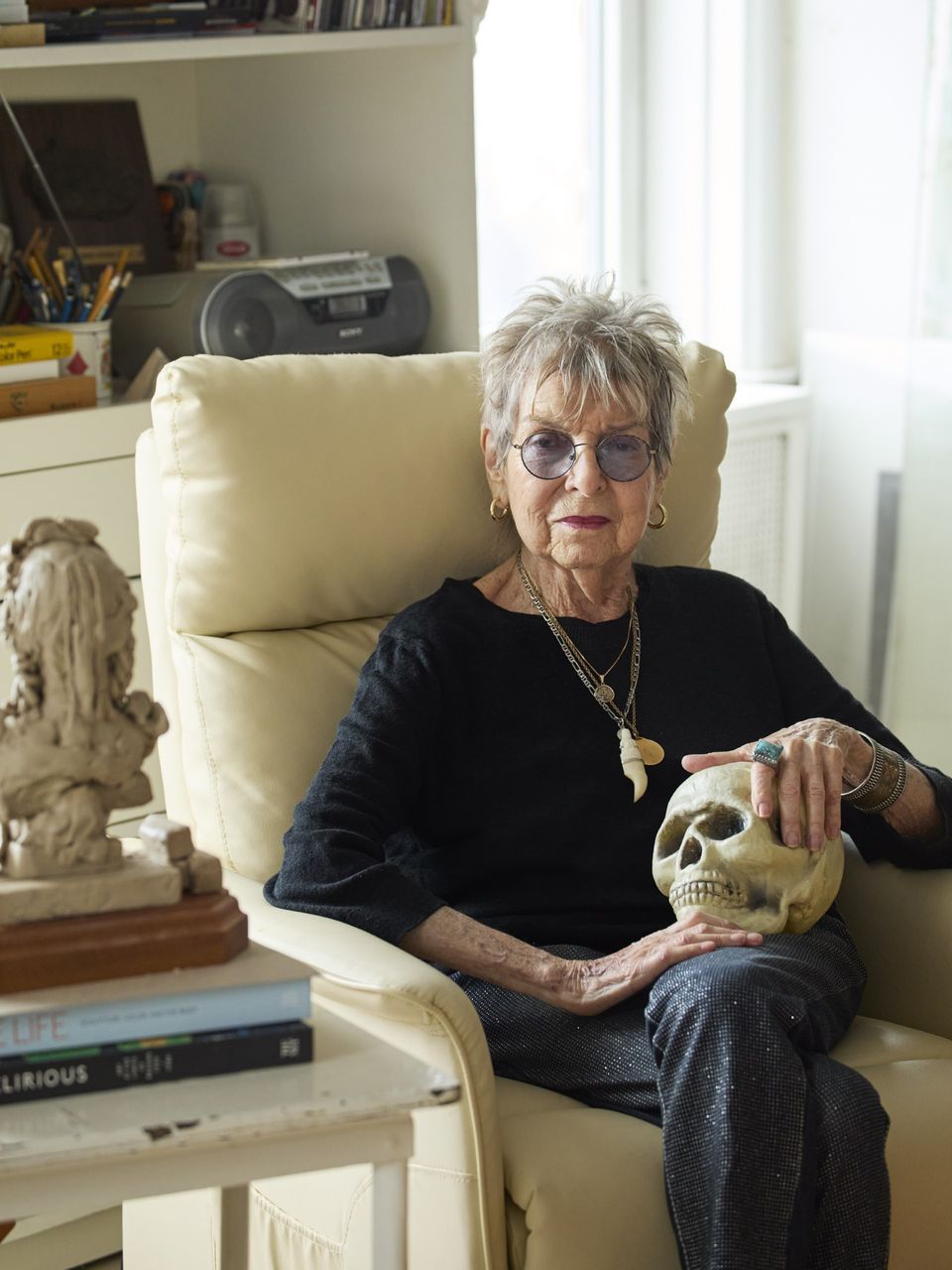
Photograph of Audrey Flack, 2024. Photo by Annie Schlechter. Courtesy of Audrey Flack
- Also known as
- Audrey L. Flack
- Died
- Southampton, New York, United States
- Biography
Audrey Flack was an artist who drew upon personal, feminist, social, and historical subject matter across various mediums and styles, including abstract and figurative painting, photorealism, sculpture, and what she termed “Post Pop Baroque.”
Flack attended the High School of Music & Art and The Cooper Union for the Advancement of Science and Art in New York City before receiving a BFA from Yale University in 1952. On returning to New York City, she studied anatomy at the Art Students League of New York and art history at the Institute of Fine Arts, New York University, developing a lasting interest in historical Western art and its ability to communicate with viewers. During the 1950s, Flack’s early abstract paintings began to incorporate figurative elements, such as in Lady with a Pink (1952, SAAM).
While navigating the demands of young motherhood in the early 1960s, she started painting from photojournalistic sources, addressing current events like President John F. Kennedy’s assassination, mourners grieving Kennedy, and the death of boxer Davey Moore. Around mid-decade, she started experimenting with cameras and became a photographer, using her own photographs as source material for her paintings. In 1969–70, she first innovatively projected a photographic slide onto a canvas as the basis for Farb Family Portrait (1969–70, Rose Art Museum), which, in Flack’s words, “opened up a new way of understanding light.”
In the early 1970s, she was part of a cohort of predominantly white male artists who used photographs as the source for paintings rendered in a hyper-detailed style known as photorealism. Whereas many of her male peers painted seemingly everyday scenes, like cityscapes or cars, Flack’s luminous large-scale works often encompassed more symbolically charged feminine and feminist subjects. She also explored religious imagery and sites of devotion from the past, as in Tower of Pisa (1971, SAAM), and revitalized the vanitas tradition––still lifes that remind one of life’s fleetingness––as in Wheel of Fortune (1977–78, Parrish Art Museum) or Queen (1976, SAAM).
In the early 1980s, Flack pivoted to sculpture, creating goddesses and women from mythology as capable and powerful subjects rather than mere objects to behold. With public commissions, Flack focused on “strong, and intelligent” women in direct counterpoint to the prevalence of “generals on horses” historically celebrated in monuments.
After nearly thirty years of sculpting, Flack returned to large-scale painting in the 2010s. In her “Post Pop Baroque” paintings, she continued her dialogues with the past, present, and future by combining elements of Renaissance and Baroque art history with contemporary references. As Flack remarked, “art breaks through the centuries. There is no time in art. It is timeless.”
Authored by Katherine Markoski, American Women’s History Initiative Writer and Editor, 2024.




